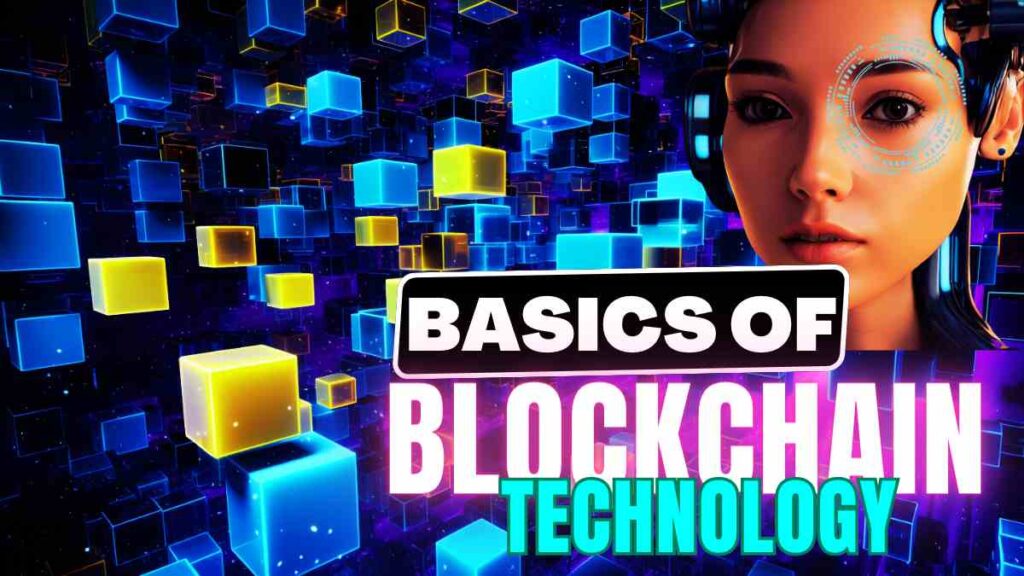2024 is about to end in 5 months! As we are in the middle of the year, a question that pops up in our minds as a crypto investor is – “Where To Invest In 2024?”
A very valid question indeed! The crypto market is a volatile one with no guaranteed path. A coin that is giving you profits at the moment could be the reason for your downfall in the future. And that’s where experts come into the role. After doing detailed research on the crypto market and its potential in the future, we have come up with a list of the best short term crypto investments that will not only save you time but also yield you profits.
So, have a look at the 10 top cryptos of 2024 below and invest accordingly to make the most of your crypto journey.
Let’s begin!
10 Top Crypto Coins –
As per our research and analysis below are the best short term crypto investments you can make to have a successful 2024.
. Bitcoin (BTC)
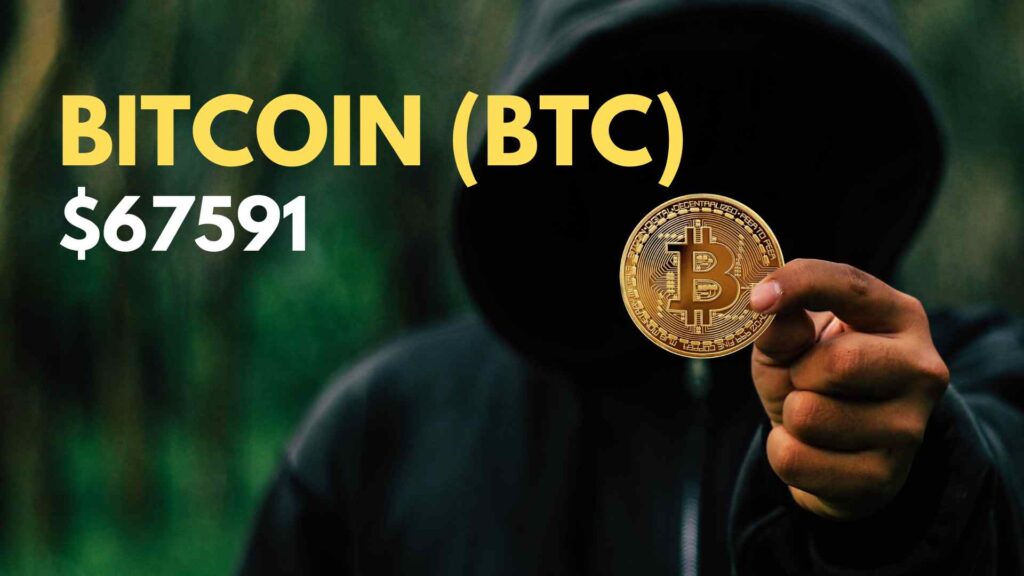
Bitcoin, the best cryptocurrency, emerged in 2009 and is known for its decentralized nature and groundbreaking blockchain technology. Bitcoin operates on a Proof of Work (PoW) consensus mechanism, where miners compete to validate transactions and secure the network. This process ensures security but consumes a large amount of electricity and time.
Pros of Bitcoin:
- Established Credibility: As the first cryptocurrency, Bitcoin enjoys recognition and trust among investors, institutions, and the public.
- Liquidity and Adoption: Bitcoin boasts high liquidity, making it readily tradable across various exchanges worldwide, and is accepted as a mode of payment throughout.
- Store of Value: Often dubbed “digital gold,” Bitcoin is seen as a hedge against inflation and economic instability.
- Global Accessibility: Anyone with an internet connection can access and participate in the Bitcoin network easily.
Cons of Bitcoin:
- Environmental Impact: The PoW consensus algorithm leads to a high carbon footprint making BTC unsustainable.
- Scalability Challenges: Bitcoin’s original design limits its transaction processing capacity, resulting in occasional network congestion and higher fees during peak usage periods.
- Volatility: Despite its position as the market leader, Bitcoin’s price remains highly volatile, and is greatly influenced by other factors.
- Dependency on Market Trends: Bitcoin’s market performance often influences the broader cryptocurrency market. For example: The Bitcoin Halving Event did not only affect the BTC but affected the prices of other coins too.
In conclusion, Bitcoin (BTC) continues to shape the cryptocurrency ecosystem along with posing challenges such as environmental concerns and scalability issues.
Ethereum (ETH)
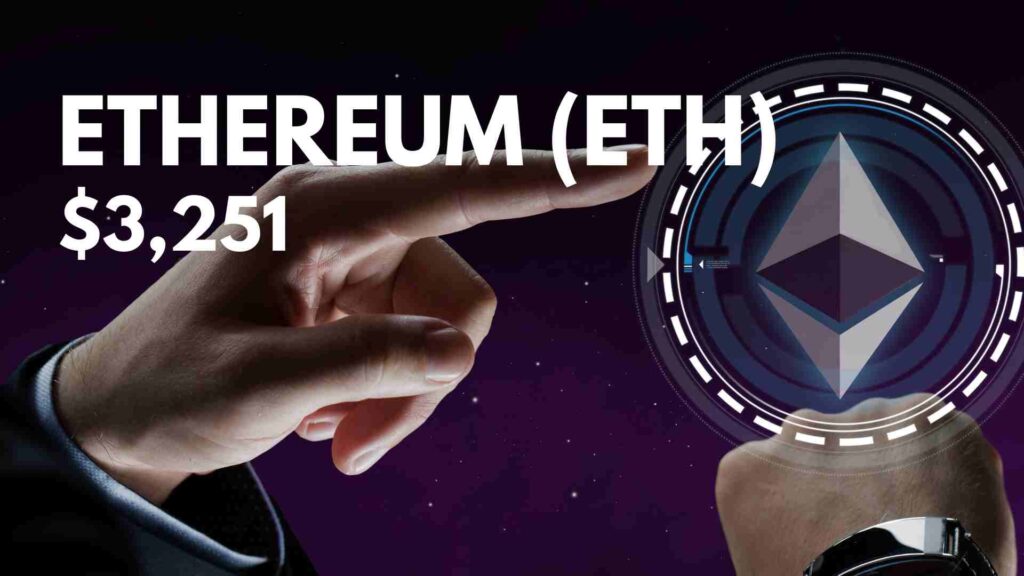
Ethereum has emerged as a major force in the cryptocurrency landscape after Bitcoin. Launched in 2015, Ethereum has revolutionized blockchain technology by enabling developers to create decentralized applications (dApps) and execute complex transactions automatically.
Pros of Ethereum:
- Leader in DeFi and dApps: Ethereum holds a dominant position in the decentralized finance (DeFi) and dApp sectors.
- Transition to Proof of Stake (PoS): Ethereum is transitioning from Proof of Work (PoW) to PoS through the Ethereum 2.0 upgrade. PoS enhances efficiency by reducing energy consumption and improving scalability, higher transaction throughput, and enhanced security protocols.
- Active Development Community: Ethereum benefits from a vibrant and diverse community of developers continuously innovating on the platform.
- Interoperability and Standards: Ethereum’s ERC-20 and ERC-721 token standards have become industry benchmarks ensuring great compatibility.
Cons of Ethereum:
- Scalability Challenges: Ethereum faces scalability issues due to its popularity and high network usage.
- High Transaction Costs: Gas fees, the transaction fees on Ethereum, can fluctuate widely based on network demand.
- Competition and Alternatives: As the blockchain ecosystem evolves, Ethereum faces increasing competition from newer platforms offering enhanced scalability, lower fees, and innovative features.
- Security Concerns: While Ethereum has amazing security measures, users are still advised against scams and frauds.
Suggested Read: Best 10 Cryptocurrencies To Invest In 2024
In a nutshell, the ongoing upgrades and community-driven solutions in Ethereum (ETH) will be crucial in determining the future of the coin.
Binance Coin (BNB)

Binance Coin (BNB) launched in 2017 and has evolved, acting as a pillar for Binance cryptocurrency exchange. It is specifically used to offer various benefits like reduced trading fees and participation in token sales.
Pros of Binance Coin (BNB):
- High Throughput and Low Costs: BNB operates on the Binance Smart Chain, known for its high transaction throughput and relatively low transaction fees compared to other blockchain networks like Ethereum.
- Utility and Benefits on Binance Exchange: Holding BNB provides users with benefits on the Binance exchange, such as discounted trading fees, participation in token sales, and other platform-specific advantages
- Growing Ecosystem: BNB has expanded beyond its exchange utility to power decentralized applications (dApps), token launches, and much more.
- Innovation and Adoption: Binance continuously innovates with new features and services, promoting a stronger ecosystem.
Cons of Binance Coin (BNB):
- Centralization Concerns: BNB is managed and controlled by Binance, raising concerns about governance and transparency.
- Regulatory Scrutiny: Binance, as the operator of the BNB ecosystem, has faced regulatory scrutiny in various jurisdictions.
- Dependency on Binance’s Success: BNB’s value and utility are closely tied to the success and reputation of the Binance exchange and ecosystem thus, any wrong step in one area leads to a negative future for the other.
- Competitive Landscape: Despite its strengths, BNB faces competition from other blockchain platforms offering similar features and benefits like Ethereum and Solana.
In short, Binance Coin (BNB) has evolved into a multifaceted asset powering a vibrant ecosystem with utility and benefits for users.
Solana (SOL)
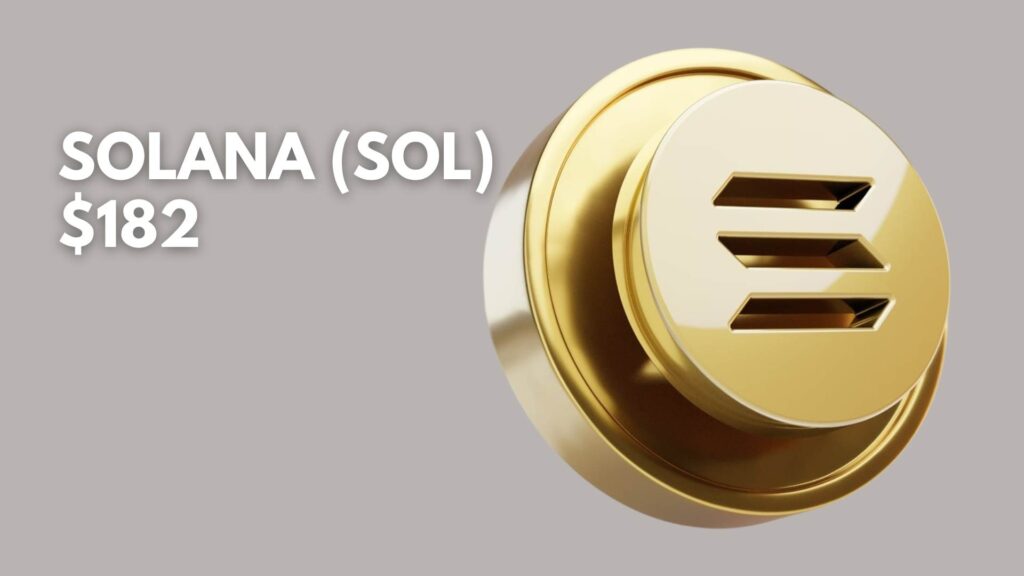
Solana is a decentralized blockchain platform designed primarily for scalability. At present, it is one of the fastest blockchains in the cryptocurrency market with a transaction speed of nearly 65,000 transactions per second.
Pros of Solana:
- High Speed and Scalability: Solana’s impressive transaction speed makes it highly attractive for users.
- Low Transaction Fees: Solana has very low transaction fees, averaging around $0.00025 per transaction.
- Growing DeFi Presence: Solana has rapidly gained traction in the decentralized finance (DeFi) space, due to its speed and low costs.
- Ethereum Competitor: Often referred to as an “Ethereum-killer,” Solana is always giving a tough time to ETH.
Cons of Solana:
- Interoperability Challenges: Solana’s ecosystem is not easily interoperable with Ethereum, thus, raising concerns.
- Network Stability: Solana has experienced occasional network outages affecting its reliability for users and developers.
- Centralization Debate: Despite its technological advancements, Solana has faced scrutiny over its decentralization compared to other blockchain platforms.
- Competition and Market Dynamics: As the blockchain ecosystem evolves, Solana faces competition from other scalable blockchain platforms like Binance Smart Chain and Polkadot.
Suggested Read: 5 Solana Meme Coins To Buy In 2024
Solana (SOL) is always known for its speed, scalability, and low transaction costs, but challenges such as interoperability limitations and network stability issues have always caused issues to the coin.
Ripple (XRP)
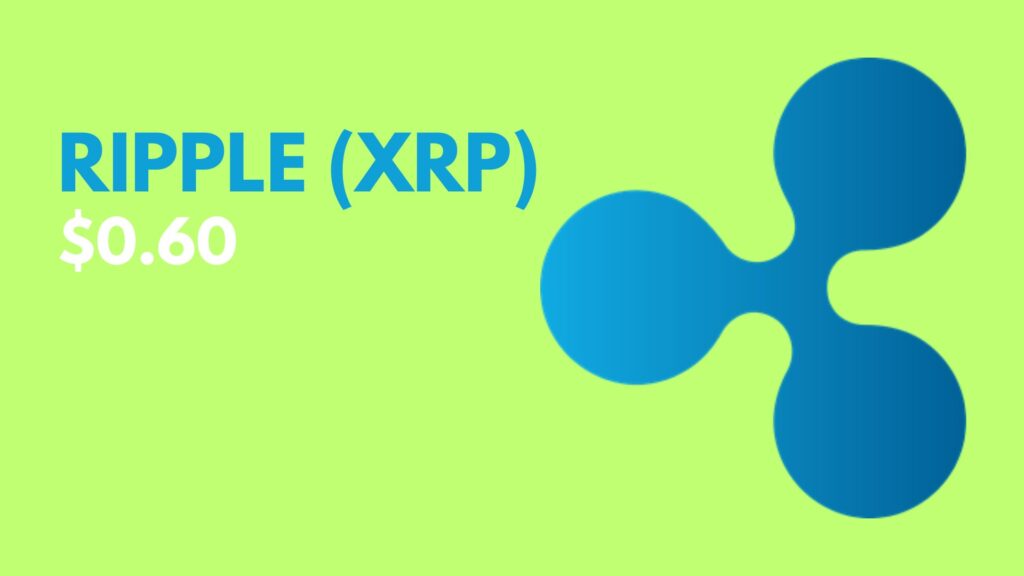
Providing answers to your “Where To Invest In 2024?” question, Ripple (XRP) is a specialized cryptocurrency designed to facilitate efficient payment solutions for banks and financial institutions. It aims to address the shortcomings of traditional settlement systems like SWIFT.
Pros of Ripple (XRP):
- Speed and Efficiency: Ripple’s technology enables quick transactions, reducing transaction costs for financial institutions.
- Enhanced Access to Finance: By leveraging blockchain technology, Ripple has democratized access to banking services and international settlements.
- Cost-Effectiveness: Ripple offers significant cost savings compared to traditional methods.
- Innovation in Financial Services: Ripple’s focus on creating efficient payment solutions has led to innovation leading to initiatives like partnering up with the National Bank of Georgia, for better outputs.
Cons of Ripple (XRP):
- Centralization: Ripple’s network is considered highly centralized, raising concerns about decentralization and governance within the network.
- Legal Challenges: Ripple Labs, the company behind XRP, is in a legal dispute with the SEC regarding the classification of XRP as a security.
- Competitive Landscape: Despite its technological advantages, Ripple faces competition from other blockchains regularly.
On one hand, Ripple (XRP) offers great speed, efficiency, and cost-effectiveness, whereas on the other hand, challenges related to centralization, regulatory scrutiny, and market dynamics always underscore its potential.
Dogecoin (DOGE)
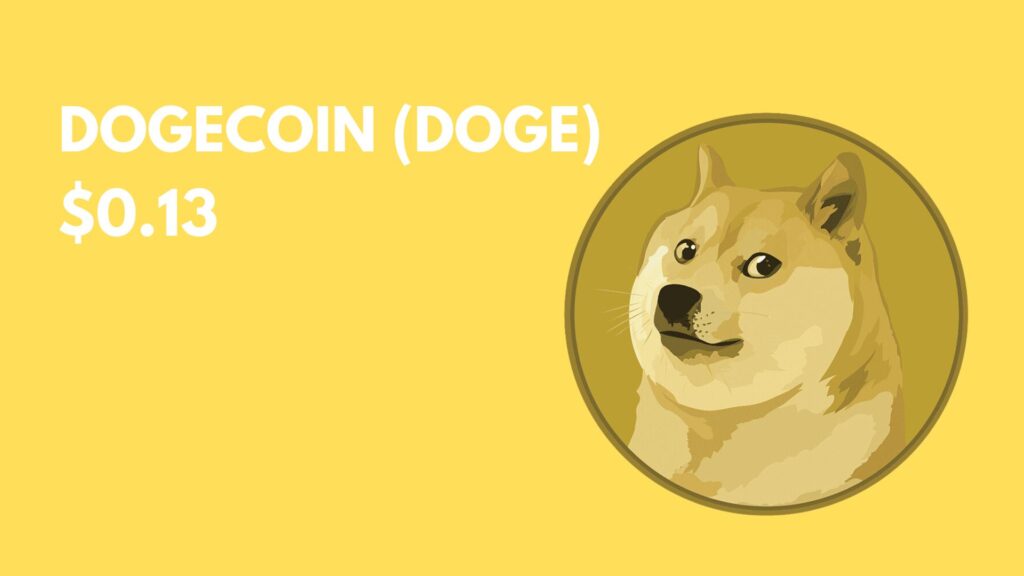
Dogecoin (DOGE), has gained immense popularity among investors and enthusiasts, primarily due to its association with the internet meme “Doge.” Despite its origins as a joke, Dogecoin has proven to be a significant player in the cryptocurrency market with a strong ecosystem and community.
Pros of Dogecoin:
- Cultural Phenomenon: Dogecoin’s uniqueness lies in its being a “memecoin,” not only promoting the internet meme culture but its presence in the crypto market also.
- Active Community: Dogecoin has a highly active and dedicated community of supporters who actively promote the coin.
- Celebrities All Over: Dogecoin has been noticed by various personalities like Elon Musk and Vitalik Buterin.
Cons of Dogecoin:
- Lack of Practical Application: Unlike many other cryptocurrencies, Dogecoin lacks a defined practical application or use case beyond its role as a memecoin.
- Inflationary Supply: Dogecoin does not have a capped supply like Bitcoin instead, Dogecoin has an inflationary issuance model, with a limitless supply that contributes to inflationary pressures.
- Volatility and Speculation: Dogecoin’s price and market behavior are highly susceptible to change contributing to volatility and unpredictable price movements.
Suggested Read: Should You Buy Pepecoin Or Dogecoin ETF?
Even though, Dogecoin is successful as a memecoin, lack of practical application and volatility are some challenges that limit its scope.
Tron (TRX)
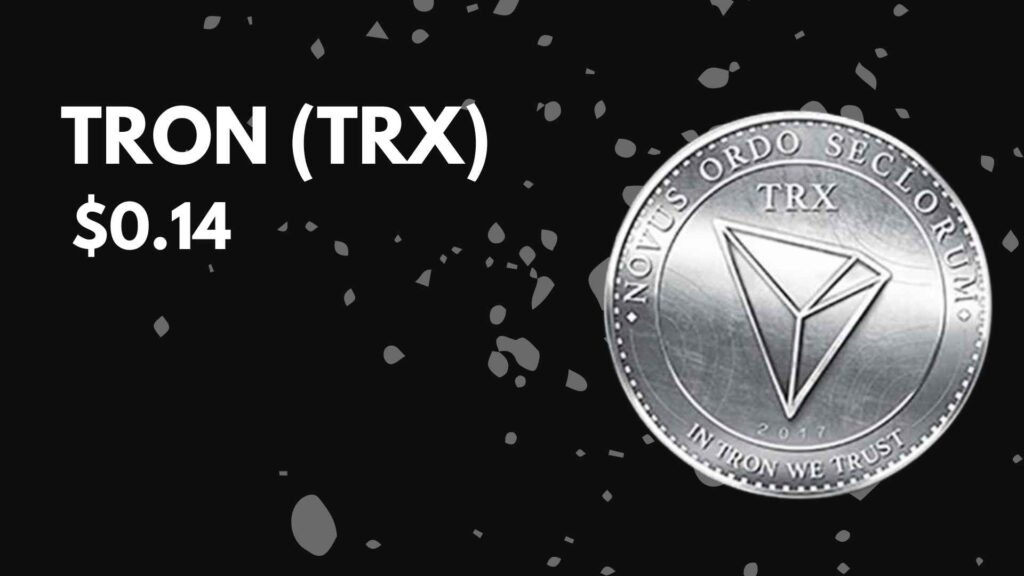
Tron is a blockchain platform focused on decentralized applications (dApps) and digital content. Launched in 2017, Tron (TRX) aims to create a decentralized internet where users can freely publish, store, and own data, effectively bypassing intermediaries.
Pros of Tron:
- Decentralized Application Platform: Tron facilitates the development and deployment of decentralized applications (dApps) through its blockchain network enabling developers to create a wide range of applications.
- High Throughput: Tron is capable of processing up to 2,000 transactions per second (TPS) which is definitely commendable.
- Content Distribution: Tron supports direct transactions, promoting transparency, and ensuring that creators receive fair compensation for their work.
- Partnerships and Acquisitions: Tron has strategically partnered with and acquired several companies to enhance its ecosystem and expand its capabilities.
Cons of Tron:
- Centralization Concerns: Critics argue that Tron’s governance structure and decision-making processes are centralized around its founder, Justin Sun.
- Scalability Challenges: Despite its high throughput, Tron faces scalability challenges as it strives to accommodate a growing number of dApps and users.
- Market Perception and Competition: Tron operates in a competitive environment with other blockchain platforms like Ethereum and Binance Smart Chain.
- Regulatory and Compliance Issues: Like other blockchain platforms, Tron must navigate regulatory frameworks and compliance requirements in various jurisdictions.
Suggested Read: Will TRX Outperform Bitcoin?
Continued development, community engagement, and strategic partnerships will be essential for Tron (TRX) to achieve long-term success and adoption in the blockchain industry.
Polkadot (DOT)
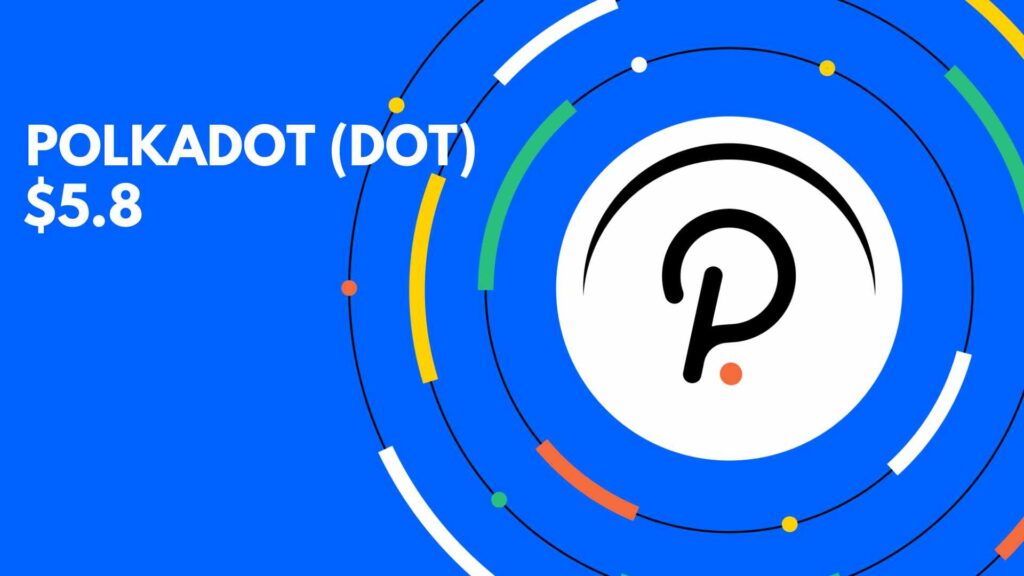
Polkadot is a Layer-0 protocol designed to facilitate interoperability between various blockchains, enhancing their connectivity and security. It serves as a platform for transferring digital assets and executing smart contracts across different blockchain networks.
Pros of Polkadot:
- Interoperability: Polkadot’s primary strength lies in its ability to connect diverse blockchains, including private and public networks, oracle services, and other decentralized applications (dApps).
- Developer Activity: Polkadot has established itself as one of the most active platforms for blockchain developers.
- Scalability and Performance: Polkadot’s architecture is designed to improve scalability and transaction throughput by leveraging parallel blockchains, known as parachains.
- Security and Governance: Polkadot employs an amazing consensus mechanism and governance model that prioritizes security to protect against scams and fraud.
Cons of Polkadot:
- Competitive Landscape: Polkadot faces significant competition from other blockchain platforms such as Cardano and Cosmos which affects its presence.
- Access to Parachain Slots: Securing a parachain slot requires substantial funding and strategic planning, potentially limiting access for smaller projects or developers.
- Complexity: The Polkadot’s architecture and governance structure is complex, making it difficult to deal with.
In summary, Polkadot (DOT) has various advantages like interoperability and scalability. However, since there’s very strong competition in the market, innovations are required now and then to ensure survival.
Cosmos (ATOM)
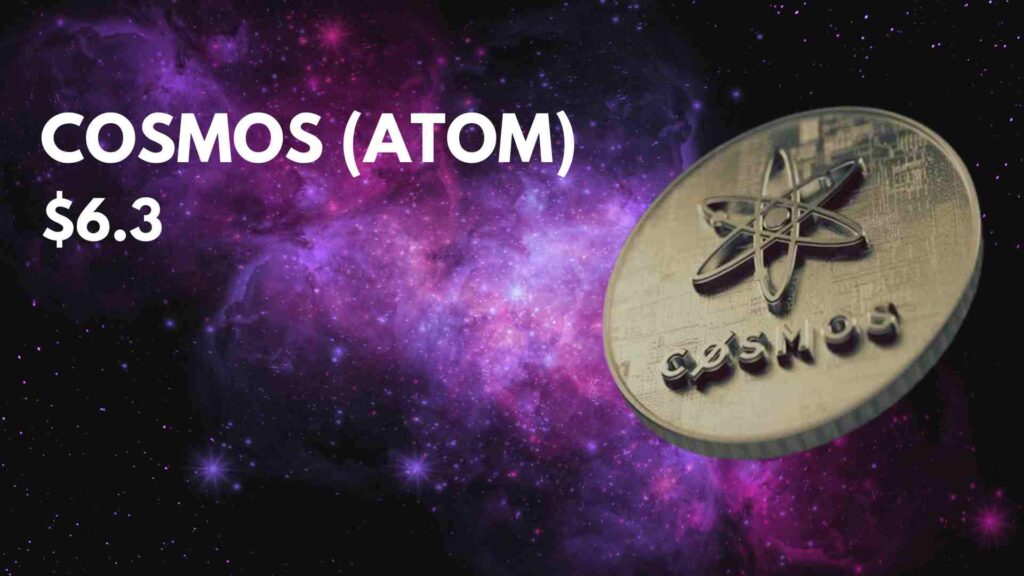
Cosmos is a decentralized network of independent blockchains designed to solve the challenges of scalability, interoperability, and usability in the blockchain ecosystem. Launched in 2019, Cosmos aims to create an Internet of Blockchains, where different blockchains can communicate easily.
Pros of Cosmos (ATOM):
- Interoperability: Cosmos is renowned for its focus on interoperability, allowing independent blockchains, known as “zones,” to connect and exchange data and assets through its Inter-Blockchain Communication (IBC) protocol.
- Scalability and Performance: The “zones” design improves transaction throughput and reduces congestion compared to traditional single-chain platforms.
- Developer-Friendly Environment: The developer-friendly ecosystem of ATOM encourages innovation and strengthens the deployment of scalable blockchain solutions.
Must Watch: 9 Reasons Why Investing In Crypto Is Important?
Cons of Cosmos (ATOM):
- Complexity: Overcoming complexity and ensuring user-friendly experiences are ongoing challenges for Cosmos.
- Market Competition: Differentiating Cosmos and attracting developers and users amidst competition requires strategic planning and innovation.
- Security and Reliability: Continuous monitoring and improvements in security protocols are essential for maintaining trust and mitigating risks.
Cosmos (ATOM) offers a promising platform for building and connecting scalable blockchains through its modular architecture.
Maker (MKR)
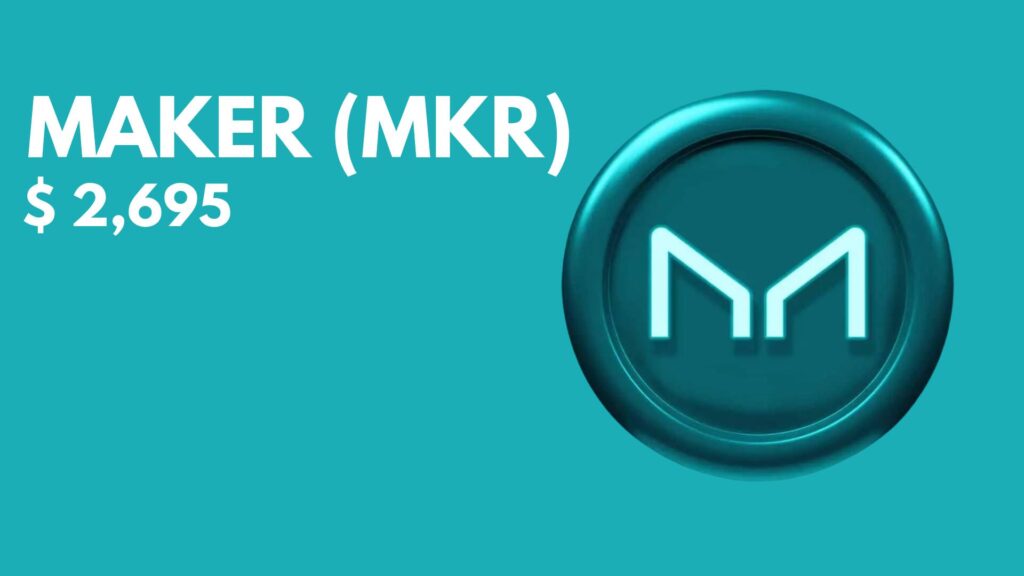
Maker (MKR) is a cryptocurrency that plays a major role within the MakerDAO ecosystem, primarily known for its decentralized finance (DeFi) applications. Launched in 2017, MakerDAO introduced a novel concept of decentralized stablecoins.
Pros of Maker (MKR):
- Governance Token: MKR serves as the governance token of the MakerDAO protocol, enabling holders to participate in governance decisions.
- Collateralization System: MKR tokens act as a backstop to ensure the stability of Dai by absorbing fluctuations in the value of collateral assets.
- Decentralized Stability: MKR holders play a crucial role in maintaining the stability and integrity of the protocol.
- Integration and Adoption: Maker (MKR) has been integrated into various DeFi platforms and applications, expanding its utility and adoption within the broader cryptocurrency ecosystem.
Cons of Maker (MKR):
- Complex Governance: Participating in MakerDAO governance requires understanding complex financial and technical considerations.
- Market Volatility: Volatility in MKR’s price may impact its attractiveness as a governance asset.
- Competition and Innovation: Staying competitive requires continuous innovation and adaptation to market dynamics, which MKR lacks.
- Risk Management: Effective risk management and protocol enhancements are essential to mitigate the above risks which still need to be worked upon.
In summary, apart from its cons, Maker (MKR) plays a critical role in the MakerDAO ecosystem by providing governance, stability, and utility within decentralized finance.
Which Coin Will Boom In 2024?
Let’s find answers to your second question below!
Current Price Status Of The 10 Top Crypto Coins
COIN | CURRENT PRICE |
Bitcoin (BTC) | $58,655.56 |
Ethereum (ETH) | $3,152.51 |
Binance Coin (BNB) | $533.90 |
Solana (SOL) | $140.05 |
Ripple (XRP) | $0.5153 |
Dogecoin (DOGE) | $0.11 |
Tron (TRX) | $0.1398 |
Polkadot (DOT) | $6.21 |
Cosmos (ATOM) | $6.20 |
Maker (MKR) | $2,653.02 |
Even though, these prices are susceptible to change, the prices as stated above position all of the coins at status to get the title of best short term crypto investments.
Frequently Asked Questions
Q: Which are the top altcoins best for investment?
A: There are many good options for investment, the top 5 altcoins include Mallconomy, Livepeer, Stacks, and many more.
Q: What’s the current price of Bitcoin?
A: Bitcoin has a trading price of $58,655.56 as of July 13, 2024.
Q: Is Milady Meme Coin worth investing in?
A: As per the Milady Meme Coin Price Prediction, the coin has a good status and even though has a risk factor associated with it, can be considered for investment.
Q: Can crypto coins be used for payment?
A: While in some areas, crypto can be used as a method of payroll, there are many risks associated with it. Watch our YouTube video on why your boss might pay you in cryptocurrency to understand the whole concept in detail.
Found this blog informative?
Head on to ReadingCrypto because many more such blogs on the crypto world are awaiting you! Have a read and learn while you invest!
Disclaimer: This post is intended solely for informational purposes and should not be taken as legal, tax, investment, financial, or any other form of advice. Although all the information provided is true to the best of our knowledge, it is advisable to research well before making any kind of investments or decisions in general. The team of ReadingCrypto bears no responsibility in the event of any adverse outcomes.



